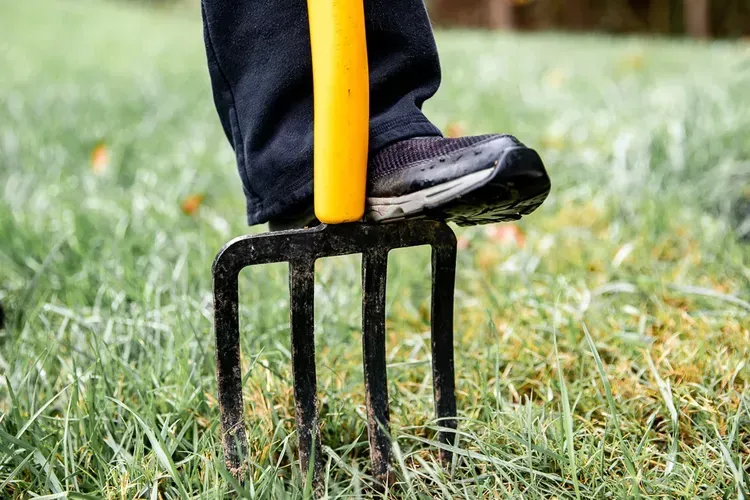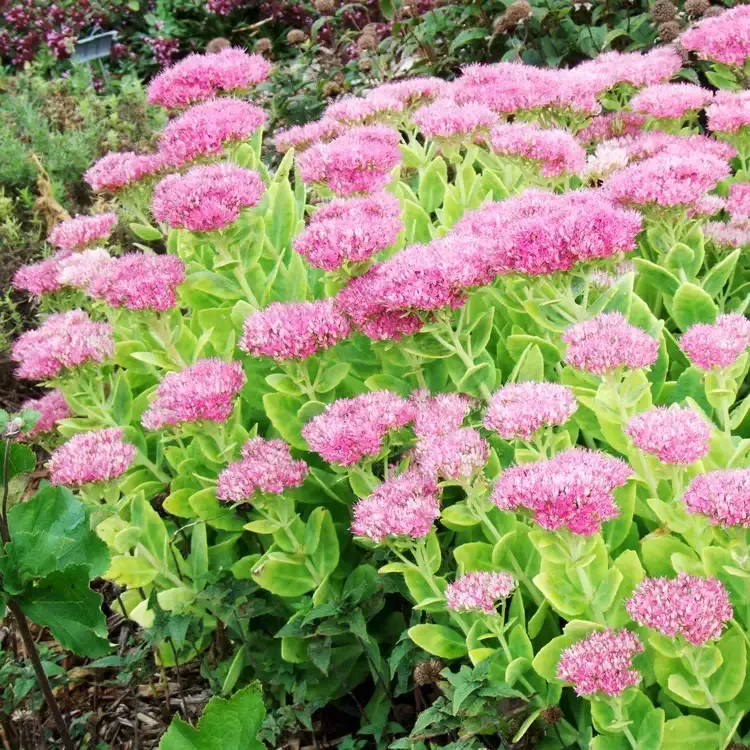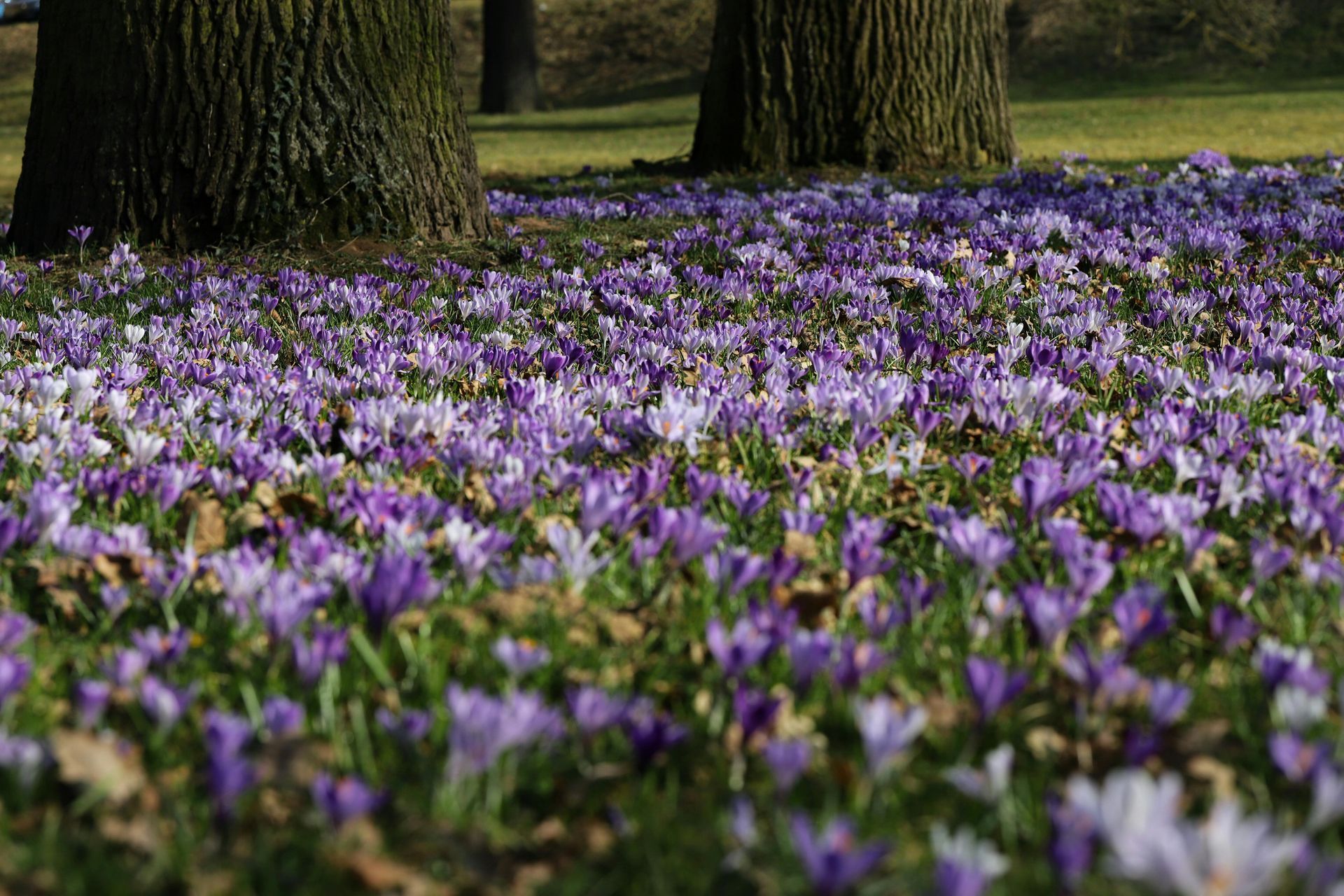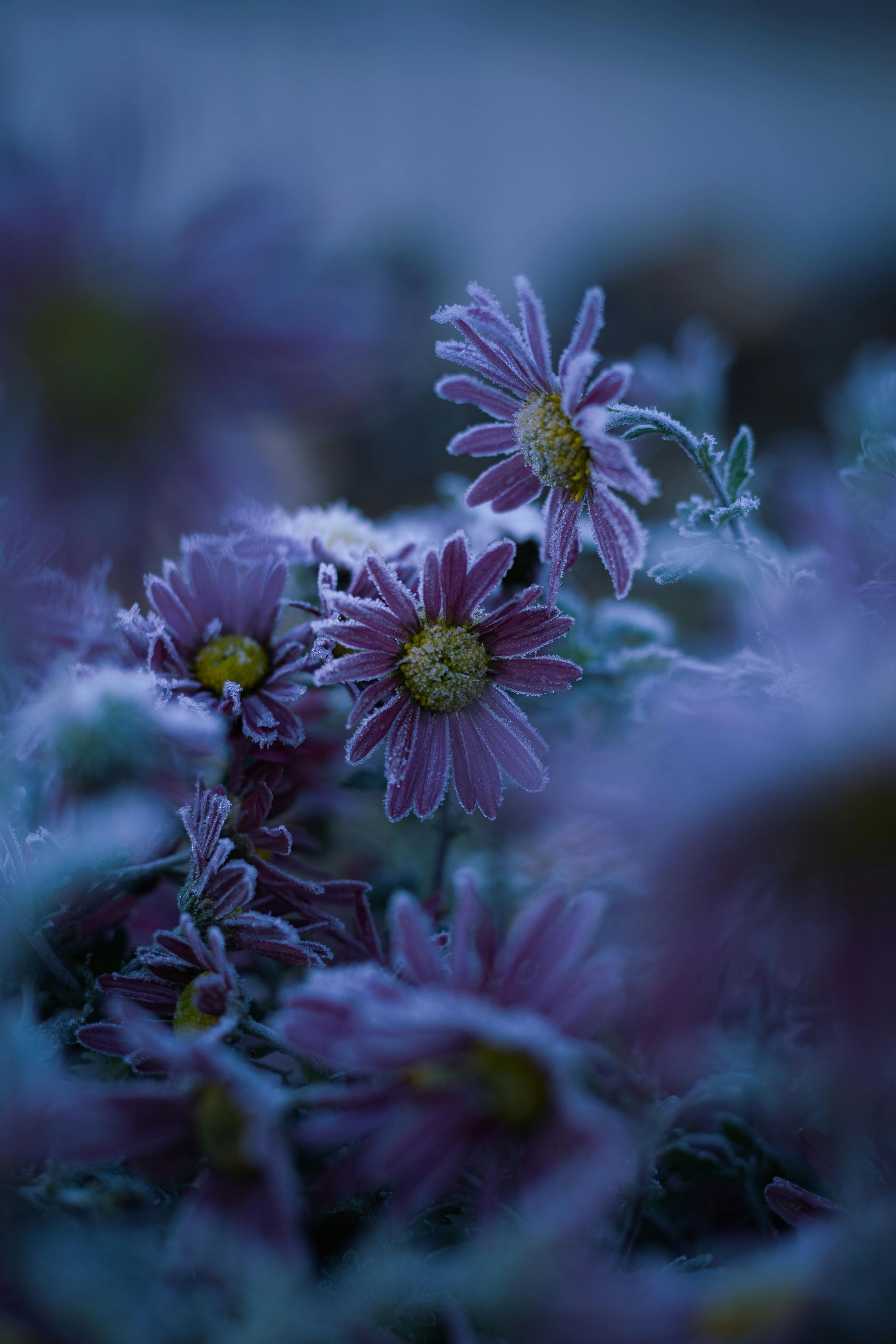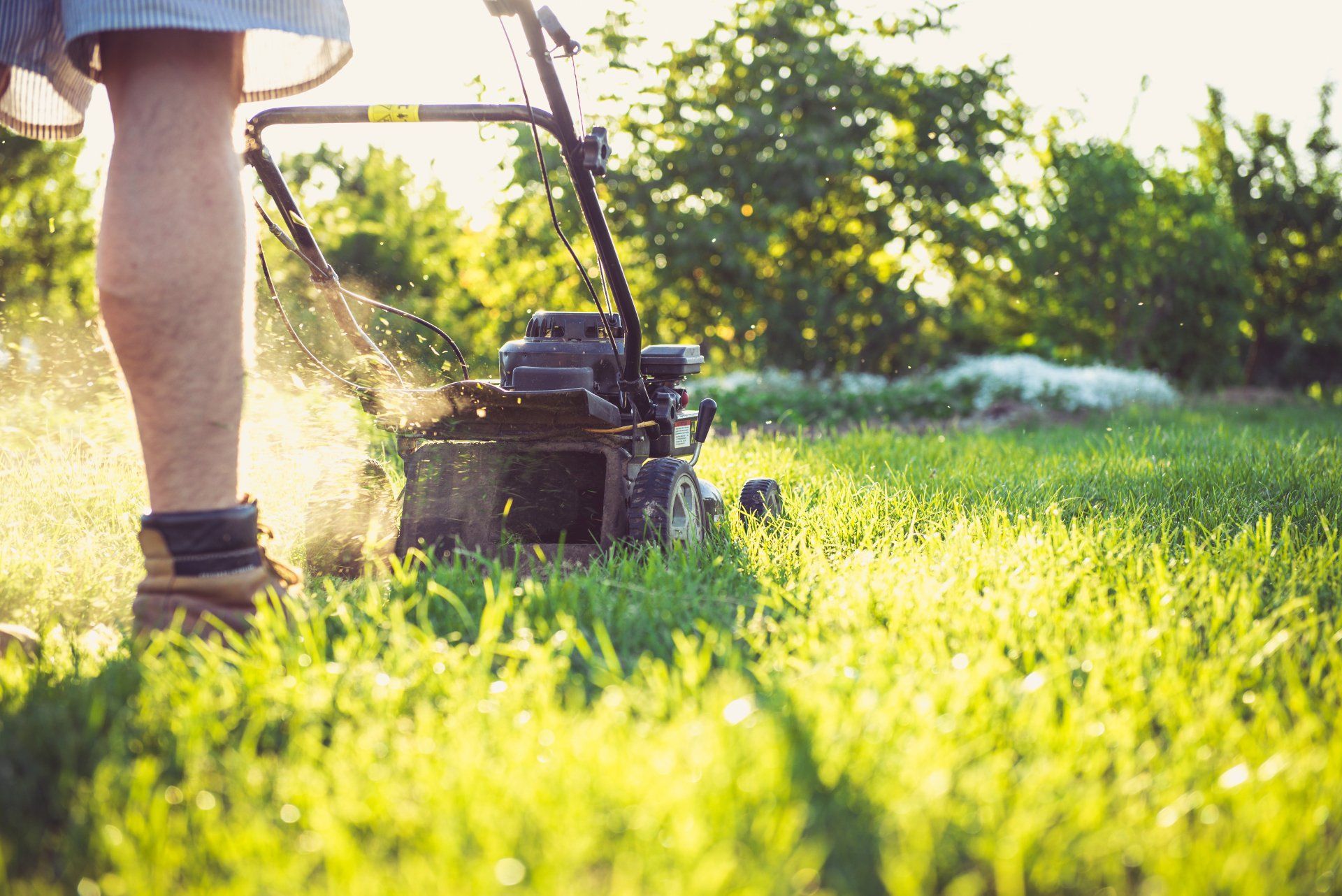Top Landscaping Tasks to Complete Before Snowfall
Winter is a time of rest for your garden, but it doesn't mean your landscaping tasks are over. Preparing your landscape for the cold season is crucial.
Landscaping tasks before snowfall can protect your garden from winter damage. They can also ensure a vibrant and healthy comeback in the spring.
This article will guide you through the top tasks to complete before the first snowfall. From applying winter mulch to winterizing your sprinkler system, we've got you covered.
We'll also discuss the importance of garden covers for winter and what to put on your lawn during the cold months. These steps will help you maintain your garden's health and aesthetic appeal throughout winter.
So, whether you're a seasoned gardener or a beginner, this guide will help you navigate the cold weather landscaping process.
Let's dive in and prepare your garden for the winter season.
Assess Your Landscape's Needs
Begin by evaluating your landscape to identify areas that require immediate attention. Look for vulnerable spots that might suffer from harsh winter conditions.
Check if there are specific plants that need additional protection or areas that require soil improvements. Assess existing structures like walkways or patios for any potential damage.
Understanding your garden's unique needs will guide you in prioritizing tasks. It ensures targeted and effective preparation. With this assessment, you can tailor your approach and address any specific issues before the snow arrives.
Clean Up Yard Debris
One essential step before snowfall is clearing yard debris. Fallen leaves and branches can harbor pests and diseases. Clean-up enhances your garden's health.
Start by raking leaves and removing
dead plant material. Inspect the garden for hidden debris in flower beds and under shrubs.
Key debris cleanup tasks include:
- Raking and bagging fallen leaves.
- Removing dead branches and plants.
- Clearing debris from garden beds and walkways.
Dispose of waste in an eco-friendly manner, such as
composting, if possible. A thorough cleanup will prevent mold and pests over the cold months, setting the stage for a vibrant spring garden.
Photo By: The Spruce
Aerate and Fertilize Your Lawn
To prepare your lawn for winter, aerating and fertilizing are crucial tasks. Aeration involves creating small holes in the soil to improve air and water flow to the roots. This process helps grass absorb the necessary nutrients before the ground freezes.
Apply a
winter fertilizer after aerating to fortify your lawn's roots. This allows the grass to withstand the cold months and aids in a lush regrowth come spring.
Essential steps for lawn care include:
- Aerating the soil to enhance nutrient uptake.
- Applying winter-specific fertilizer for root strength.
- Ensuring even distribution of fertilizer across the lawn.
Completing these tasks before snowfall enhances your lawn's resilience and ensures it stays healthy through the winter.
Apply Winter Mulch
Winter mulch is essential for shielding plant roots from harsh temperatures. It acts as insulation, keeping the soil's temperature stable. By applying mulch before snowfall, you help maintain soil moisture and prevent frost damage.
Choose the right type of mulch for your plants to maximize protection. Organic options like straw or pine needles are excellent choices. Spread a layer of mulch a few inches thick around the base of plants to provide adequate coverage.
Tips for applying winter mulch:
- Select organic mulch to enhance soil health.
- Ensure an even layer around each plant.
- Avoid direct contact with plant stems to prevent rot.
Applying mulch appropriately can significantly affect the survival and health of your landscape during the cold months.
Winterize Your Sprinkler System
Winterizing your sprinkler system is crucial to prevent costly damages. Frozen water can crack pipes and damage sprinkler heads. Preparing your system ahead of snowfall is a proactive step to avoid issues in spring.
Start by turning off the water supply and draining all water from the system. Compressed air can help clear any remaining moisture from the pipes.
Steps to winterize your sprinkler system:
- Shut off the main water supply.
- Drain the system using compressed air.
- Insulate any exposed pipes or valves.
Taking these steps will protect your irrigation system from freezing conditions, ensuring it's ready to go when warmer weather returns.
Protect Plants with Garden Covers
Protecting your plants from harsh winter conditions is vital for their survival. Garden covers for winter create a barrier against frost and snow, helping to maintain a stable temperature for delicate species.
Selecting the right cover is essential for effectiveness. Options include burlap, frost blankets, and plastic covers tailored to specific needs.
Types of garden covers:
- Burlap wraps for shrubs and trees.
- Frost blankets for tender perennials.
- Plastic covers for raised beds.
Implementing these covers before snowfall ensures your plants are shielded from the harshest weather elements, promoting a healthy and vibrant garden come spring.
Photo By: Better Homes & Gardens
Prune Perennials and Shrubs
Pruning perennials and shrubs is a crucial task before winter. It encourages strong growth in the spring and prevents diseases. Cut back dead or diseased branches to improve overall plant health and shape.
Timing and technique matter when pruning. Wait until after the first frost but before heavy snowfall to minimize plant stress. Use clean, sharp tools to make precise cuts.
Pruning tips:
- Remove dead or damaged branches first.
- Trim perennials close to the ground.
- Shape shrubs conservatively to maintain form.
By addressing these pruning tasks, you help ensure that your garden bounces back beautifully after winter's grasp, with healthier and more vigorous growth.
Plant Cold-Tolerant Species
Adding cold-tolerant plants to your garden can enhance its winter charm. Opt for hardy varieties like ornamental grasses, evergreens, or winter-blooming flowers. These species withstand the chill and maintain visual interest, offering greenery and structure when other plants are dormant. Enjoy a vibrant winter landscape with smart plant choices.
Water Plants Until the Ground Freezes
Continue watering your plants until the ground freezes solid. Hydration helps them survive the dry winter air. Ensure that they receive adequate moisture, especially evergreens, which continue to lose water during winter. Proper watering strengthens root systems, preparing plants for the harsh months ahead and ensuring a healthy start in spring.
Manage Pest Control and Safety Measures
Winter doesn't mean pests disappear. Inspect your garden for signs of infestation before snowfall. Remove any nests, and seal gaps in structures to keep critters out. Additionally, stay safe by using proper gear during cold weather landscaping tasks, ensuring a safe and pest-free outdoor space.
Store Garden Tools and Plan Ahead
Before winter hits, clean and store garden tools properly to extend their lifespan. This downtime is perfect for planning future projects and reviewing what worked well. Use this period to refine your landscaping goals and get ready for a productive spring season.
Conclusion: The Importance of Timely Landscaping Preparation
At AAF Landscaping, we understand the importance of timely landscaping preparation as winter approaches. Completing essential landscaping tasks before snowfall helps safeguard your garden and preserve its beauty during the colder months. By implementing strategies like applying winter mulch, winterizing your sprinkler system, and using appropriate garden covers for winter, you can ensure your outdoor space remains healthy and vibrant until spring arrives.
Don't leave your landscaping to chance! Trust the experts at AAF Landscaping to provide tailored solutions for your winter garden care.
Contact us today to schedule a consultation, and let's prepare your landscape for a successful winter season together. Remember, proactive care ensures your garden will thrive, reducing the need for extensive spring repairs.

